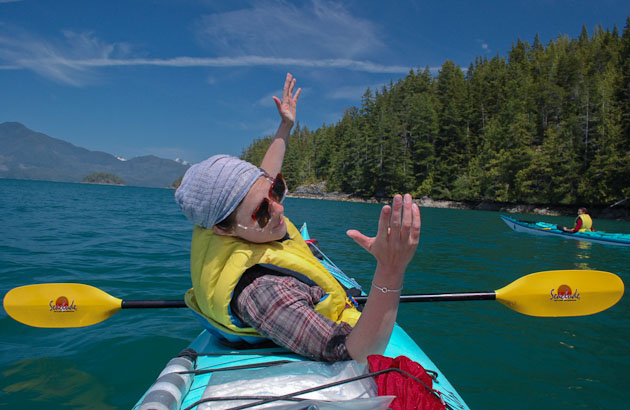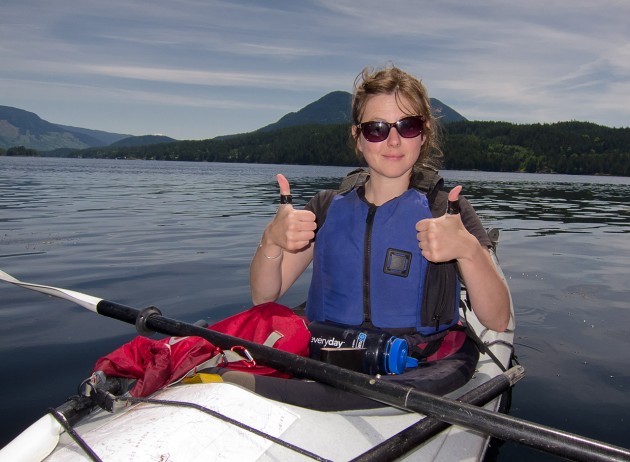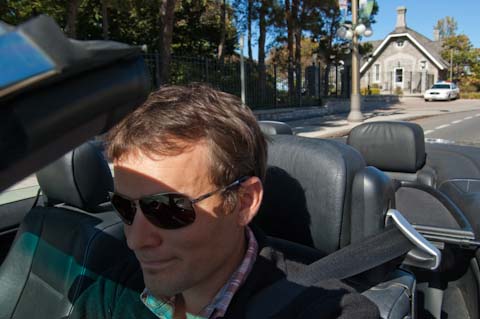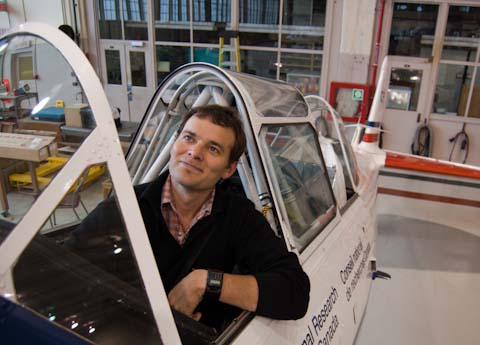I’m on vacation, or rather I’m in between two back-to-back vacations. Both involve visits to major fissures in the earth’s surface.
The first fissure was Nootka Sound, which is filled with salty ocean water and scruffy conifer-topped marine islands and sleek, curious sea mammals.

Tomorrow I leave for the second fissure, which is the Grand Canyon. I don’t yet know what’s in there, but I’ll let you know.










